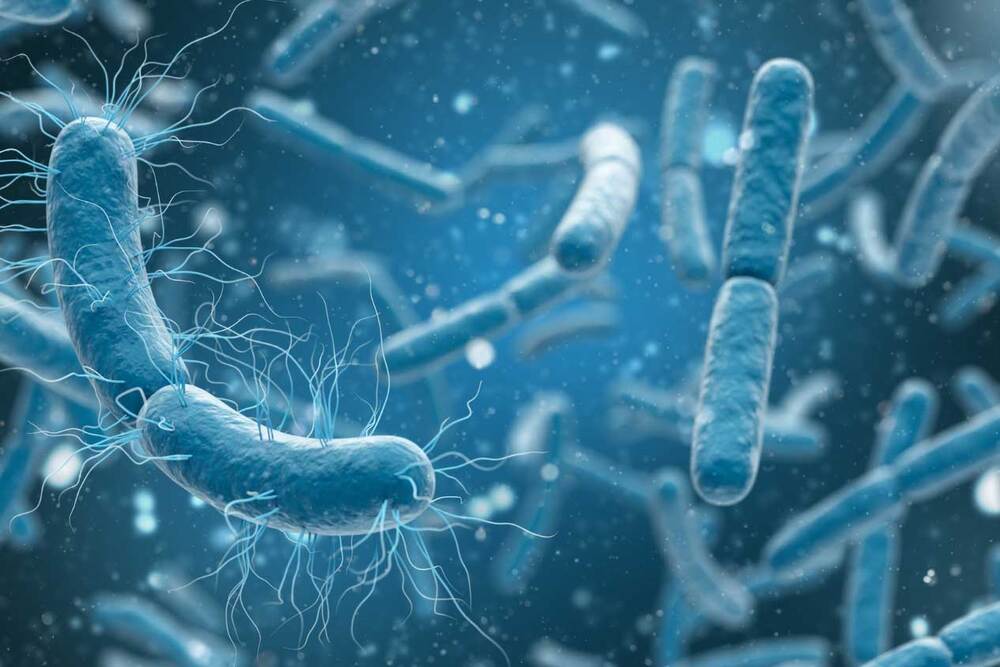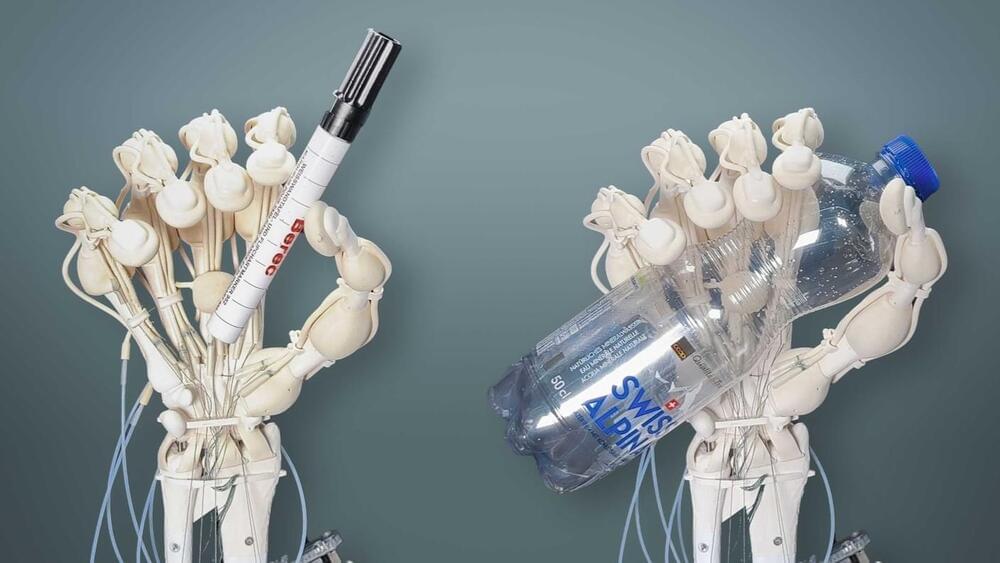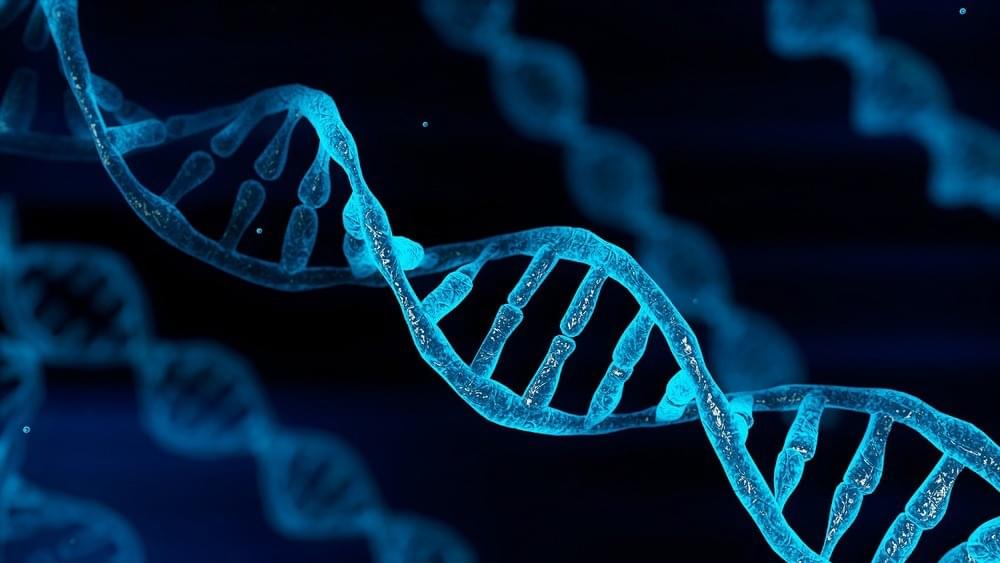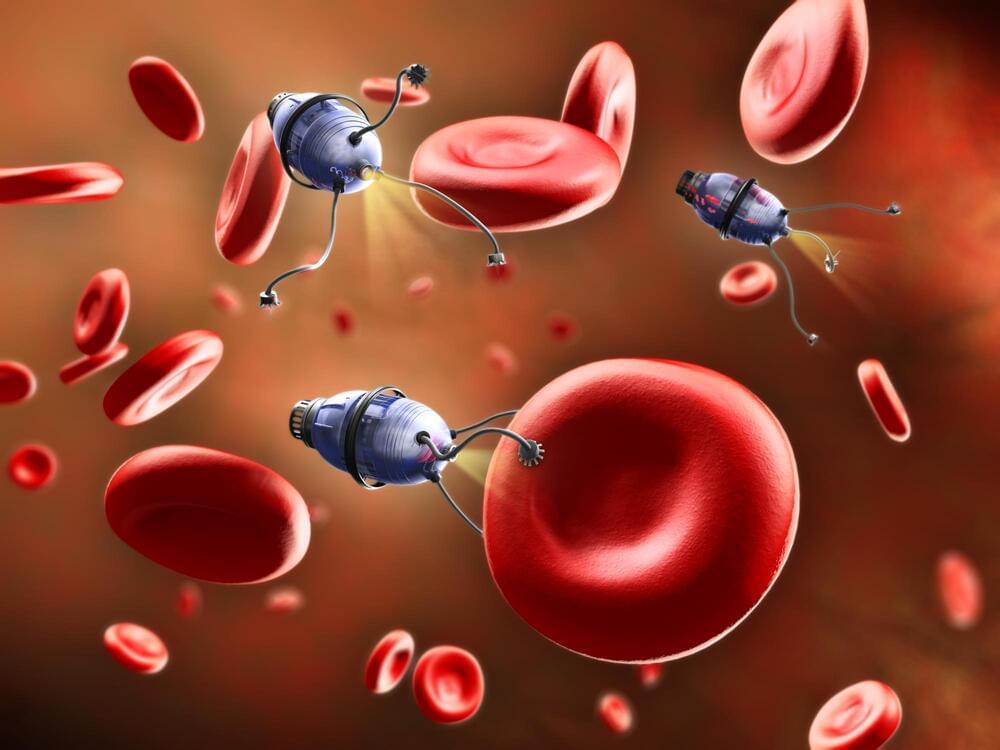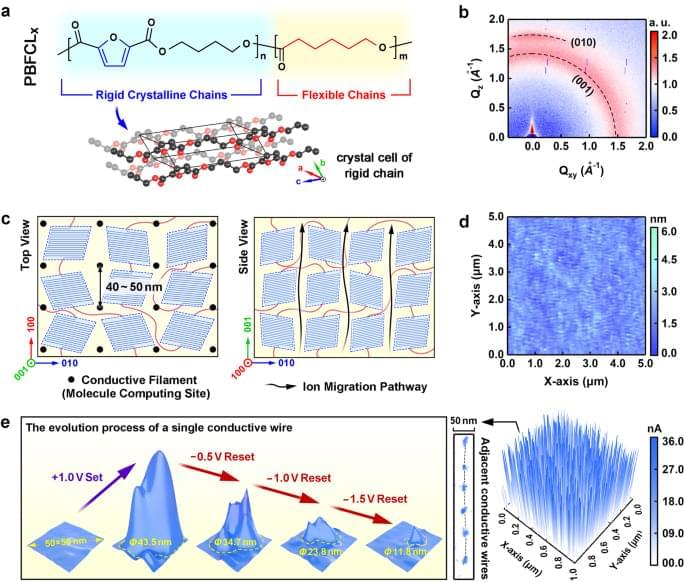Page 1090
Nov 27, 2023
Tesla exec shares Cybertruck first delivery event details
Posted by Genevieve Klien in categories: sustainability, transportation
Tesla Investor Relations (IR) Head Martin Viecha has provided some key details about the upcoming Cybertruck first delivery event, which is scheduled to be held at Gigafactory Texas this Thursday, November 30, 2023. Contrary to other Tesla events like the Cyber Rodeo, the Cybertruck’s first deliveries will be starting notably earlier.
As noted by Martin Viecha, the Tesla Cybertruck delivery event will be starting at 1 p.m. CT (11 a.m. PST). Expectations are high that Tesla will be live-streaming the event, though the executive has not provided information about when the livestream for the occasion will go live.
“The Cybertruck delivery event starts at around 1 p.m. CT on Thursday, in case someone’s unsure. I’ve noticed that few people thought it’s an evening event,” Viecha clarified on X, the social media platform formerly known as Twitter.
Nov 27, 2023
Scientists 3D Print a Complex Robotic Hand With Bones, Tendons, and Ligaments
Posted by Genevieve Klien in categories: 3D printing, robotics/AI
The approach uses machine vision to 3D print structures with multiple materials, from hard, bone-like substances to stuff that’s more like soft tissues.
Nov 27, 2023
Study identifies key markers for early detection of fatty liver disease in obese and non-obese individuals
Posted by Genevieve Klien in category: biotech/medical
In a recent study published in the journal Scientific Reports, researchers compare whether insulin-and non-insulin-based insulin resistance (IR) markers could predict the risk of non-alcoholic fatty liver disease (NAFLD) in obese and non-obese individuals with no history of diabetes or hepatitis.
Study: Markers of insulin resistance associated with non-alcoholic fatty liver disease in non-diabetic population. Image Credit: Jo Panuwat D / Shutterstock.com.
Nov 27, 2023
Genome haplarithmisis sheds light on complex genetic landscape of miscarriages
Posted by Genevieve Klien in categories: biotech/medical, genetics
About 10–15% of pregnancies fail after conception has been recognized, amounting to 23 million losses a year. Chromosomal anomalies underlie many embryonic and fetal losses, but their exact frequency and localization to the embryo or placenta are still unclear. A new study published in Nature Medicine reports on a chromosomal analysis of over 1,700 spontaneous early miscarriages.
The most common period of pregnancy loss is before the ninth week, though many may occur earlier and pass unrecognized. While about 11% of women have at least one miscarriage, the proportion goes down with two or three, at 2% and 0.7. respectively.
Nov 27, 2023
Hydrogen-powered drones could fly longer, farther
Posted by Genevieve Klien in category: drones
Hydrogen is having a moment, thanks to Biden administration incentives to boost production — and that’s spurring development of hydrogen-powered transport, including drones.
Why it matters: Hydrogen-powered drones could potentially fly farther and carry bigger payloads than those relying on heavy electric batteries. That opens doors to new uses, like advanced logistics.
Driving the news: Israeli startup Heven Drones unveiled today two new hydrogen-powered drones that it says represent “a significant leap in endurance and precision.”
Nov 27, 2023
Can we grow veggies on Mars? Fly larvae and synthetic soil may hold the answer
Posted by Arthur Brown in category: space
A Texas undergrad is investigating how to grow vegetables on Mars — and has cultivated test samples of English peas in simulated Martian soil, with fertilizer from fly larvae.
Nov 27, 2023
Medical nanobots could communicate by releasing molecules into bloodstream
Posted by Paul Battista in categories: biotech/medical, nanotechnology, robotics/AI
Implants and tiny machines could eventually be working inside our bodies to help treat disease or monitor activity, but letting them communicate is tricky. Now scientists at EPFL have developed a system whereby devices can communicate by releasing molecules into a patient’s bloodstream.
Biomedical implants play a key role in healthcare, monitoring activity in organs like the heart or brain, while recent research is investigating how nanoscale robots might one day swim or crawl through the body to fight disease. But these systems have a communication issue.
Running wires through the body is not only impractical, it’s an infection risk. And wireless technologies like radio, light and Bluetooth don’t travel through human tissue very efficiently, drastically limiting their range.
Nov 27, 2023
An ultrasmall organic synapse for neuromorphic computing
Posted by Dan Breeden in category: computing
Designing high performance organic neuromorphic devices remains a challenge. Here, Liu et al. report the development of an organic synapse based on a semicrystalline polymer PBFCL10 with device dimension of 50 nm and integration size of 1 Kb and a mixed‐signal neuromorphic hardware system based on the organic neuromatrix and FPGA controller for decision‐making tasks.
Nov 27, 2023
Researchers achieve zero-knowledge proof based on device-independent quantum random number beacon
Posted by Paul Battista in categories: blockchains, encryption, information science, quantum physics, security
Zero-knowledge proof (ZKP) is a cryptographic tool that allows for the verification of validity between mutually untrusted parties without disclosing additional information. Non-interactive zero-knowledge proof (NIZKP) is a variant of ZKP with the feature of not requiring multiple information exchanges. Therefore, NIZKP is widely used in the fields of digital signature, blockchain, and identity authentication.
Since it is difficult to implement a true random number generator, deterministic pseudorandom number algorithms are often used as a substitute. However, this method has potential security vulnerabilities. Therefore, how to obtain true random numbers has become the key to improving the security of NIZKP.
In a study published in PNAS, a research team led by Prof. Pan Jianwei and Prof. Zhang Qiang from the University of Science and Technology of China (USTC) of the Chinese Academy of Sciences, and the collaborators, realized a set of random number beacon public services with device-independent quantum random number generators as entropy sources and post-quantum cryptography as identity authentication.
